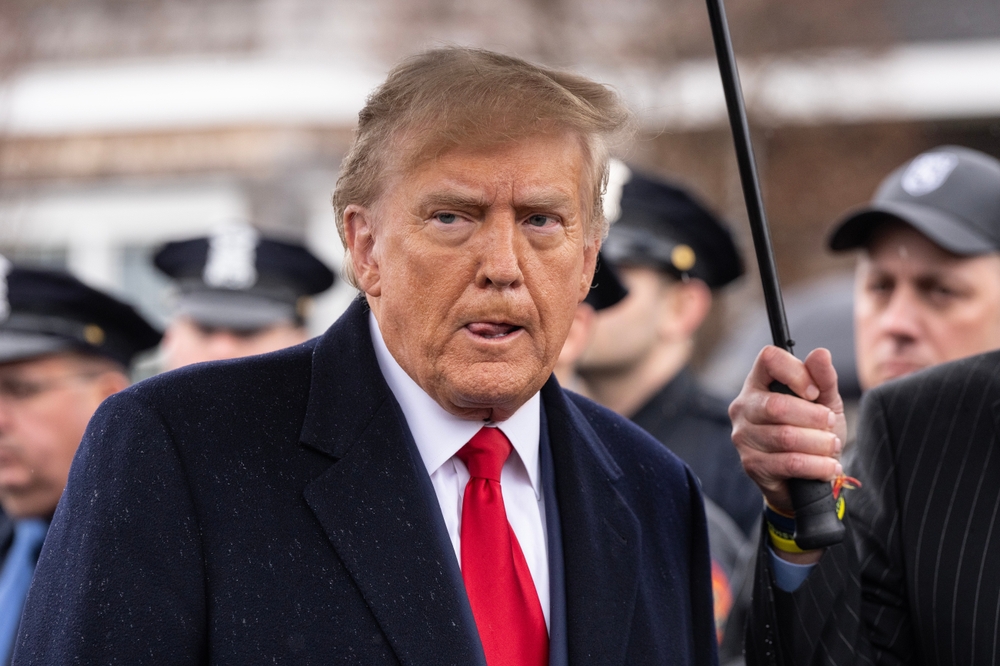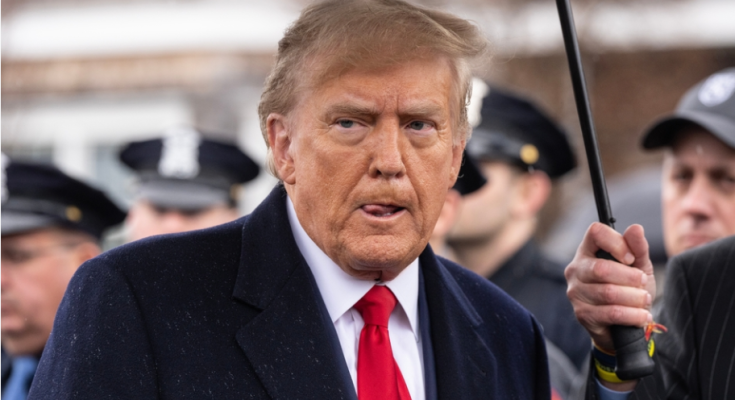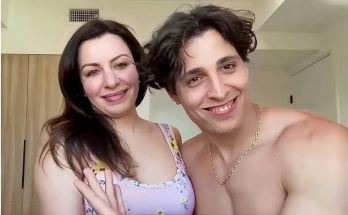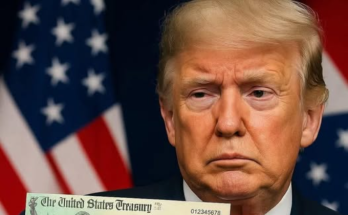Over the weekend, President Donald Trump suggested via his Truth Social platform that most Americans are to receive dividends of “at least” $2,000 per citizen. According to Trump, the rebate would be funded by the tariff revenue collected in this year. He promises to distribute stimulus checks worth $2,000 to most American citizens, but it is unclear who “most” Americans encompass. The announcement was met with mixed reviews with some experts concerned about the initiative’s feasibility and implementation.
Trump tied this initiative’s possibility directly to tariff revenue generated by his administration’s trade policies. “People that are against Tariffs are FOOLS!,” Trump said in his post on Truth Social. “We are taking in Trillions of Dollars and will soon begin paying down our ENORMOUS DEBT, $37 Trillion. Record Investment in the USA, plants and factories going up all over the place. A dividend of at least $2000 a person (not including high income people!) will be paid to everyone.”
Trump and his administration have not laid out any firm plan on exactly what dividends could look like. No set clarification has been given on income thresholds, a timeline on when it will be implemented or other qualifying criteria as of yet. This initiative would also require action from Congress and may encounter challenges. Trump’s post came days after the legality of his tariff policy came under debate in the U.S. Supreme Court.
Despite these concerns, the White House announced that Trump remains “committed” to the $2,000 stimulus check proposal, according to Press Secretary Karoline Leavitt. The administration stated it would explore all legal options to make this happen. However, Leavitt provided no concrete timeline for implementation. She also declined to share additional details about eligibility requirements. The announcement left many questions unanswered about how Americans would qualify for these stimulus checks.
Who Qualifies for These Stimulus Checks

Trump indicated in his Truth Social post that “A dividend of at least $2,000 a person (not including high income people!) will be paid to everyone,” not really defining who fits into the “high income” bracket. However, Treasury Secretary Scott Bessent provided some clarification on what “high income” might look like during an appearance on “Fox & Friends”. He suggested that families earning less than $100,000 a year would qualify for the payments although he stated this figure remains under discussion and not finalized. There has also been no clarification on whether or not children would receive separate payments.
How the payout will work or who qualifies is still uncertain, however, previous stimulus programs could offer some guidance on potential eligibility criteria. During the pandemic, stimulus checks went to individuals earning under $75,000 and couples earning under $150,000. Higher earners received reduced payment amounts. The current proposal mentions no such tiered approach. It simply excludes undefined “high-income” households.
Treasury Secretary Bessent also suggested stimulus benefits may come “in lots of forms”. In an interview with ABC News, he mentioned potential tax reductions as part of the stimulus. These could include eliminating taxes on tips, overtime pay, and Social Security benefits. The proposal could also include deductibility of auto loans. However these tax reductions were already meant to be implemented by Trump’s One Big Beautiful Bill legislation. Analysts are critical as to whether this is rebranding pre-existing legislation on tax cuts as a new stimulus program or something that will provide genuine economic relief.



